Punch And Die
-
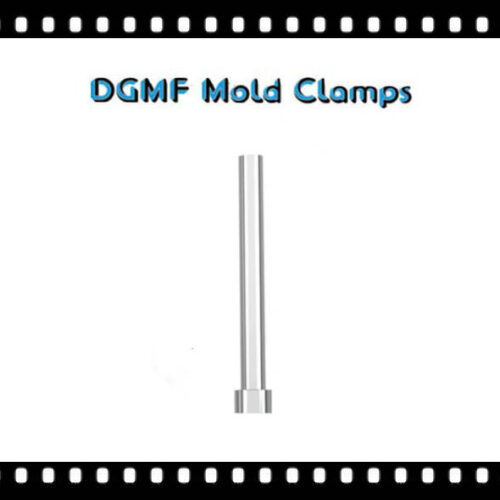
DGMF Straight Ejector Pins
Read more -
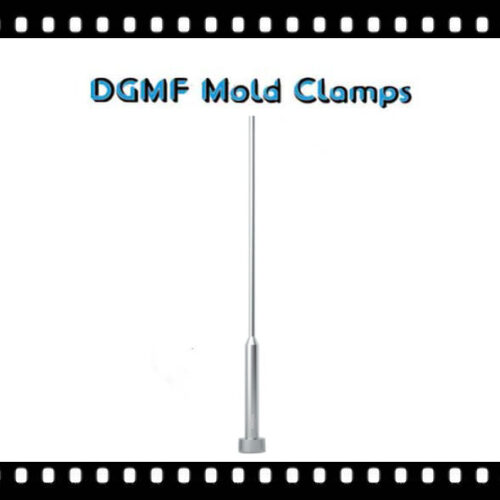
DGMF Shoulder Ejector Pins
Read more -
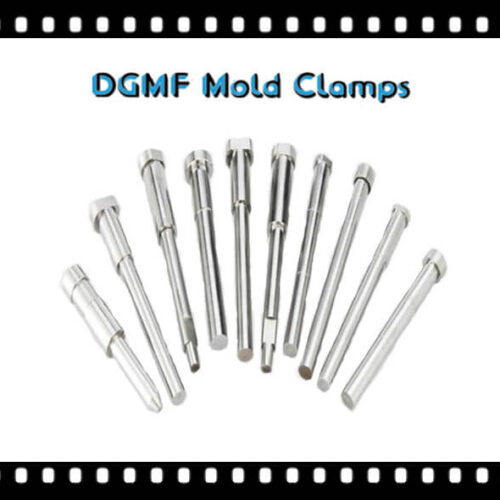
DGMF Precision Shoulder Punches for Stamping Die
Read more -
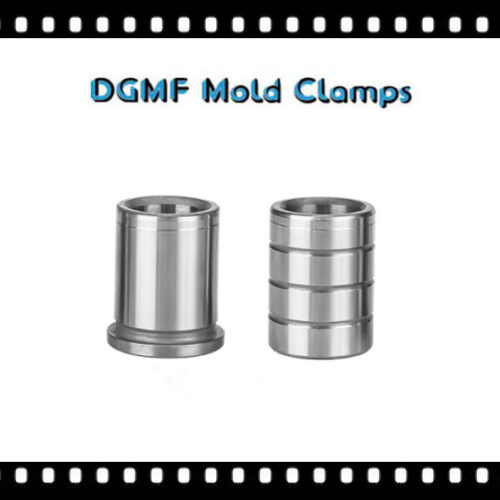
DGMF Precision Guide Bushings for Mold
Read more -

DGMF High-precision Angle Pins
Read more -
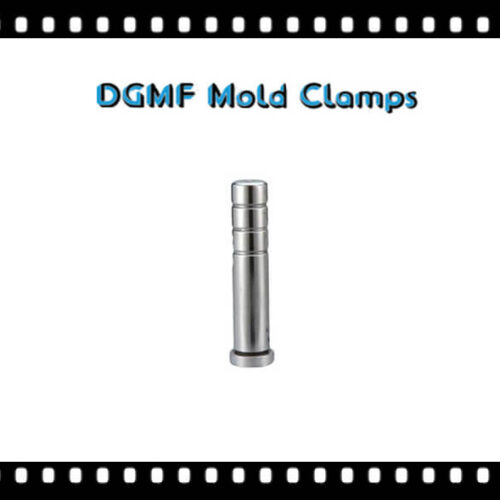
DGMF Guide Pins For Injection Molding
Read more -
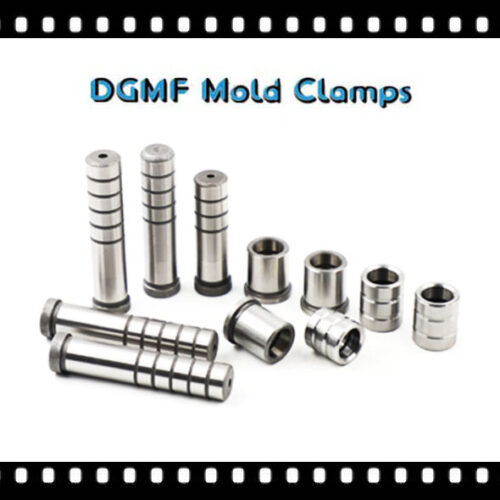
DGMF Guide Pins And Bushings
Read more -

DGMF Ejector Sleeve Pins
Read more -
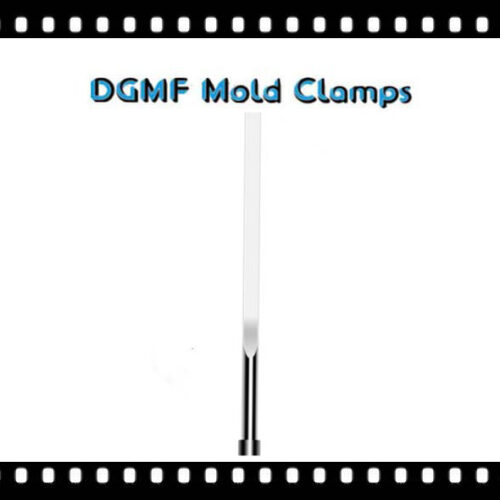
DGMF Ejector Blades
Read more -
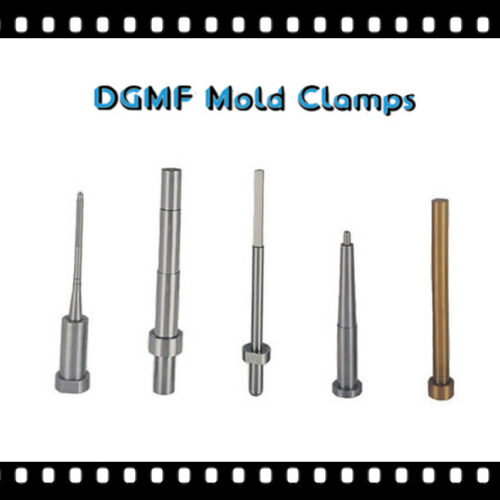
DGMF Core Pins for Molding
Read more
Punch and Die Components Supplier
DGMF Mold Clamps Co., Ltd is the punch and die components supplier and mould clamps manufacturer in China.
Punches
Introduction to Punch
The metal parts on the stamping die in the machine tool, also called shoulder punch, punching needles, or punches, are installed on the stamping die for continuous punching and punching operations to separate or plastically deform the processed material, thereby obtaining the required finished or semi-finished products.
Punches are divided into A-type punches, T-type punches, and special-shaped punches.
The punch is a metal part installed on the stamping die, which is used in direct contact with the material to deform and cut the material.
Die punches generally use high-speed steel and tungsten steel as materials, such as high-speed steel punches and tungsten steel punches, and high-speed steel is the most commonly used material.
Commonly used are CR12, CR12MOV, asp23, skd11, skd51, skd61, etc., Tungsten steel material is generally used in punching and shearing dies with higher requirements.
Related information
Relevant knowledge about stamping processing methods.
The punch is used together with the punch rod, punch nut and punch nut. Generally used for punching in iron tower factories. The accuracy of punches produced by domestic professional manufacturers can reach ±0.002mm, which is at the international leading level.
In the cold stamping process, stamping dies process materials into parts. Stamping is a pressure processing method that uses a mold installed on a press to apply pressure to the material at room temperature to cause separation or plastic deformation to obtain the required parts. It is relatively common in industrial production.
Stamping dies are process equipment for stamping production and are technology-intensive products. The quality, production efficiency, and production cost of stamping parts are directly related to the precision and quality of mold design and mold components.
Cemented carbide punches are used as parts of the stamping die, and are also called cemented carbide punches, which are replaceable mold consumables.
Punching needles can be divided into SKD, SKH, ASP punching needles, guide punches, master punching needles, threading punching needles, inspection tips, hexagonal punching needles, elliptical punching needles, forming punching needles, according to different materials, shapes, and uses. Sector punches, special-shaped punches, high-speed steel punches, and high-quality carbide punches.
Cemented carbide punches used in stamping dies in industrial production can produce punch rods of different shapes according to the different needs of products, and carry out batch hole processing.
Especially in the production of progressive mold sets, such as computer cases, there are many heat dissipation holes on them, as well as mobile phones, many electrical appliances, and machinery. Ordinary drilling machines, or turning and milling machines, only It can process round holes, and when punching, a large punch can process hundreds of holes at the same time.
The punch is a metal part installed on the stamping die, which is used in direct contact with the material to deform and cut the material.
Die punches generally use high-speed steel and tungsten steel as materials, including high-speed steel punches and tungsten steel punches.
After the die installed on the press is equipped with the die punch, it directly contacts the material (metal or non-metal) to separate or plastically deform the material, thereby obtaining the required parts.
Stamping is a pressure processing method that uses a die set on a press to apply pressure to the material at room temperature to cause separation or plastic deformation to obtain the required parts.
The material of the punch is mainly high-speed steel. Commonly used materials are Japan’s SKH9, SKH55, SKH59, M2, M35, and M42 from the United States;
The main feature of the material is that the material can maintain good red hardness during high-speed upsetting, and the wear resistance is also very good, and a certain degree of toughness can be guaranteed;
There are also some powder high-speed steel materials, commonly used as ASP23, ASP30, ASP60.
Titanium plating on the surface of the punch is a very good choice; its advantage is that the size of the workpiece after titanium plating is better controlled, the thickness is generally 2-3UM, and the deformation of the punch is very small, which is very suitable for the surface treatment of the punch.
The surface friction coefficient of the titanium-plated punch rod is reduced and the surface hardness is increased, which greatly increases the wear resistance of the punch rod and greatly extends its life. The types of titanium layers are commonly used as TIN, TICN, TIALN, ALCRN, etc.
The production of punch rods has high requirements for raw materials, mainly imported, and domestic materials have been developed one after another, but the stability is not enough. In addition, the heat treatment of the punch material is also very technical.
It is necessary to design a suitable heat treatment process such as quenching temperature, tempering temperature, and ultra-cooling time in combination with the specific use environment of the punch.
The cemented carbide punch rods used in precision molds require high accuracy and product consistency. Each punch rod in mass production is required to comply with the dimensional accuracy tolerance requirements to maximize the service life of the mold.
As a cemented carbide punch used in a mold, the consistency of the product is also critical. Stamping die work is continuous operation, and the service life requirement of the punching rod has become the focus. According to the material and thickness of the stamping, different alloy materials should be selected.
Generally, the thicker the stamped product, the hardness of the hard alloy should be selected. The lower the toughness, the better the model. The harder the material, the hard alloy should be a slightly lower hardness model, which can effectively prevent the punching needle from being punched out.
For punching thinner plates or those with low hardness, for hole processing of this product, cemented carbide punching rods can be made with higher hardness, which can increase the life of the punching needle.
Carbide punch
The cemented carbide punch is a part of the cemented carbide dies, also called cemented carbide punch, mainly used for punching hardware parts or electronic parts, of course, it can also punch other non-metals, pieces, even belt holes, plastic holes, etc.
Cemented carbide, also known as tungsten steel, refers to a sintered composite material composed of at least one metal carbide. Tungsten carbide, cobalt carbide, niobium carbide, titanium carbide, and tantalum carbide are common components of tungsten steel.
The grain size of the carbide component (or phase) is usually between 0.2-10 microns, and the carbide grains are bonded together using a metal binder.
The binder usually refers to the metallic cobalt (Co), but for some special applications, nickel (Ni), iron (Fe), or other metals and alloys can also be used. The matrix of cemented carbide consists of two parts: one part is the hardening phase; the other part is the bonding metal.
The bonding metal is generally iron group metal, and cobalt and nickel are commonly used. So there are tungsten-cobalt alloys, tungsten-nickel alloys, and tungsten-titanium-cobalt alloys.
Analyze the components and functions of the stamping die
Process components
Punch, working part during blanking
Die, working part during blanking
Convex and concave dies, working parts during blanking
Positioning components
The positioning dowel pin is used to ensure the correct position of the material on the mold
The stop pin is used to control the feeding distance of the feed and the correct position on the mold
The guide pin ensures the relative position of the inner hole and the outer shape and eliminates errors in feeding and guiding
When the guiding rule (side pressure) is used with strips or strips, correct the feeding direction of the material
The side edge cuts a small amount of material on the side of the strip to limit the feeding distance
Pressing, stripping, and outlet components
The stripper is divided into two forms: rigid stripper and elastic stripper, which acts as a pusher
Push device
Two types of device and elastic pusher device, which play the role of pusher
The top piece device plays the role of the top piece
The blanking ring is a device to ensure the surface of the drawn part to prevent the material from wrinkling during the drawing process
Springs and rubber pads are mainly used for stripping, pushing, and pressing materials, and are divided into metal springs and rubber springs
Auxiliary component
Guide components
The guide pin is used to ensure the precise guidance of the upper and lower molds
The guide bushing sleeve is matched with the guide pin to ensure the precise guidance of the mold
The guide bushing plays a guiding role
Fixed components
The upper and lower mold bases play a fixed role
The die handle fixes the upper die base on the slider of the punch
The fixed plate plays a fixed role
The pad plays a role of heightening and fixing
Limiter plays a limiting role
Other parts
Screws are used for fastening
Pin for fastening
Key for fastening
DGMF Mold Clamps Co., Ltd manufactures the mold clamps, and supplies the injection mold components, such as Clamps, Toggle Clamps, C Clamps, Pins, Bushings, Positioning Components, Lock Mold Components, Reset Extrusion, Cavity, and Core Components, Coolings, Die Press Components, Punch And Die, Guide Components, Self-lubricating Components, Springs, Machine Tools, gate valves, Machine Mounts, Vises, Fasteners, Lifting, Bolts, Nuts, Washers, etc.
Contact the DGMF Mold Clamps teams for more details about the punch and die components such as punch and die components specifications, punch and die components pricing, punch and die components inventory, etc.
Showing all 10 results
-

DGMF Core Pins for Molding
Read more -

DGMF Ejector Blades
Read more -

DGMF Ejector Sleeve Pins
Read more -

DGMF Guide Pins And Bushings
Read more -

DGMF Guide Pins For Injection Molding
Read more -

DGMF High-precision Angle Pins
Read more -

DGMF Precision Guide Bushings for Mold
Read more -

DGMF Precision Shoulder Punches for Stamping Die
Read more -

DGMF Shoulder Ejector Pins
Read more -

DGMF Straight Ejector Pins
Read more
